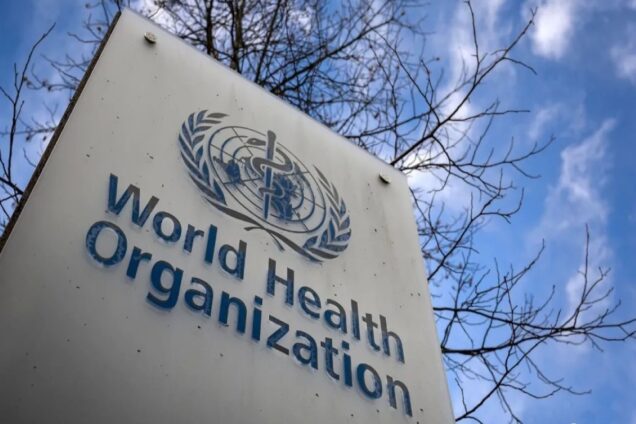17th May, 2024
By Franca Ofili
The World Health Organisation (WHO) has released its updated Bacterial Priority Pathogens List (BPPL) 2024, featuring 15 families of antibiotic-resistant bacteria grouped into critical, high, and medium categories for prioritization.
WHO made this known in a statement on Friday.
It said that the list guides the development of new and necessary treatments to stop the spread of antimicrobial resistance (AMR).
“AMR occurs when bacteria, viruses, fungi, and parasites no longer respond to medicines, making people sicker and increasing the risk of disease spread, illness and deaths.
“AMR is driven in large part by the misuse and overuse of antimicrobials.
“The updated BPPL incorporates new evidence and expert insights to guide research and development (R&D) for new antibiotics and promote international coordination to foster innovation,” it said.
Dr Yukiko Nakatani, WHO’s Assistant Director-General for Antimicrobial Resistance ad interim said that by mapping the global burden of drug-resistant bacteria and assessing their impact on public health, is key to guiding investment and grappling with the antibiotics pipeline and access crisis.
“Since the first BPPL was released in 2017, the threat of antimicrobial resistance has intensified, eroding the efficacy of numerous antibiotics and putting many of the gains of modern medicine at risk.”Nakatani said.
He said that the critical priority pathogens, such as gram-negative bacteria resistant to last-resort antibiotics.
According to him, mycobacterium tuberculosis resistant to the antibiotic rifampicin, present major global threats due to their high burden, and ability to resist treatment and spread resistance to other bacteria.
“Other high priority pathogens, such as antibiotic-resistant Neisseria gonorrhoeae and Enterococcus faecium, present unique public health challenges, including persistent infections and resistance to multiple antibiotics, necessitating targeted research and public health interventions,” Nakatani said.
He said that the medium priority pathogens include Group A and B Streptococci (both new to the 2024 list), Streptococcus pneumoniae, and Haemophilus influenzae, which present a high disease burden.
He added that these pathogens require increased attention, especially in vulnerable populations including paediatric and elderly populations, particularly in resource-limited settings.
Dr Jérôme Salomon, WHO’s Assistant Director-General for Universal Health Coverage, Communicable and Non communicable Diseases said that antimicrobial resistance jeopardises their ability to effectively treat high burden infections, such as tuberculosis, leading to severe illness and increased mortality rates.
Salomon said that the BPPL 2024 also emphasises the need for a comprehensive public health approach to addressing AMR.
According to him, it includes universal access to quality and affordable measures for prevention, diagnosis and appropriate treatment of infections, as outlined in WHO’s People-centered approach to addressing AMR and core package of AMR interventions.
“This is crucial for mitigating AMR’s impact on public health and the economy.
He said that in spite of this transition, investment in R&D and other prevention and control strategies for CRPA remains important, given its significant burden in some regions.
He stressed that building on the value of the BPPL as a global tool, tailoring the list to country and regional contexts can account for regional variations in pathogen distribution and the AMR burden.(NAN)



